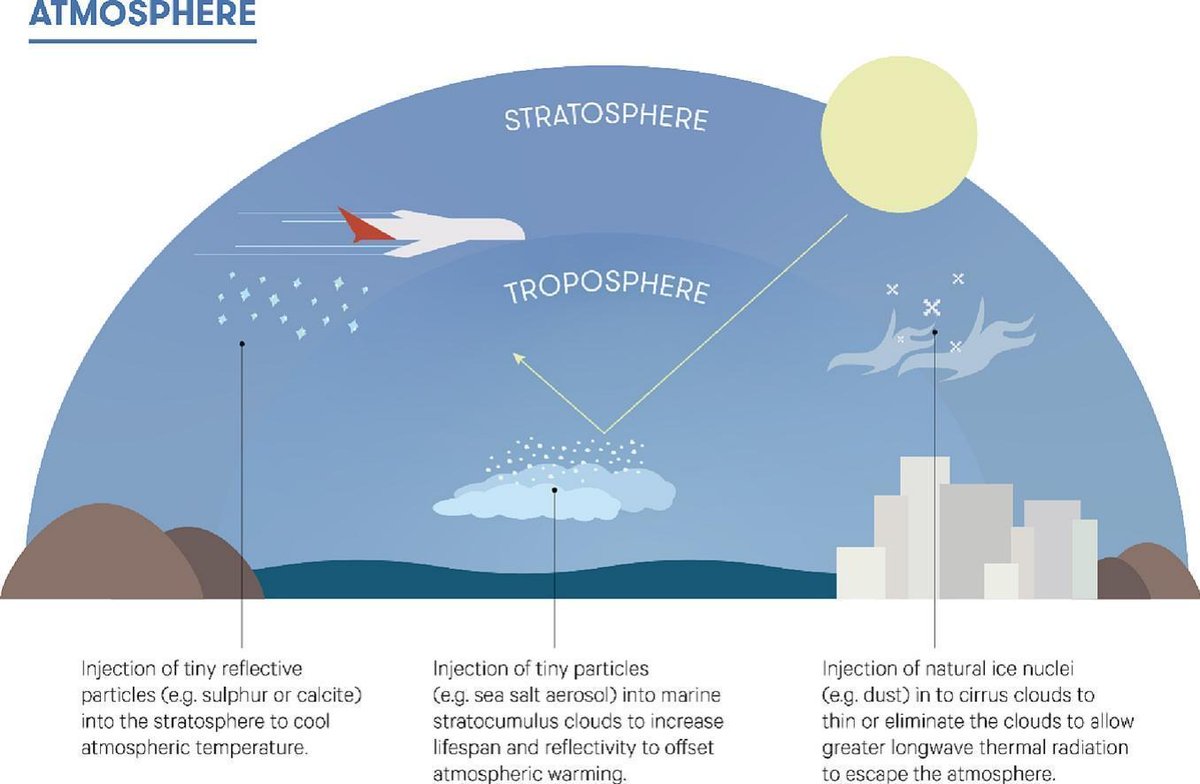🚨𝗥𝗘𝗩𝗜𝗘𝗪 𝗣𝗔𝗣𝗘𝗥🚨
"#Geoengineering—a mechanism to mitigate sea-level rise—has garnered scientific interest in line with the present state of #ClimateChange. This newly published study investigates traditional+modern SG tech through a systematic literature review."
🧵1/6
"#Geoengineering—a mechanism to mitigate sea-level rise—has garnered scientific interest in line with the present state of #ClimateChange. This newly published study investigates traditional+modern SG tech through a systematic literature review."
🧵1/6

The results suggest that "conventional and pioneering #geoengineering techniques can decrease sea-level rise, and those optimal results would be achieved through the cooperation of methods."
2/6


2/6



"Ultimately, findings from this review informed five strategies: 🔸tactical application of conventional #geoengineering; 🔸optimisation through technique alignment;
🔸adaptation to receding coastlines;"
3/6
🔸adaptation to receding coastlines;"
3/6

Cont'd...
🔸"a global platform for project collaboration;
🔸progression of research capabilities
These strategies, in turn, informed a procedural guideline for policymakers who seek to mitigate sea-level rise."
4/6
🔸"a global platform for project collaboration;
🔸progression of research capabilities
These strategies, in turn, informed a procedural guideline for policymakers who seek to mitigate sea-level rise."
4/6
Read open-access review article entitled: "A systematic literature review considering the implementation of #planetary #geoengineering techniques for the #mitigation of sea-level rise" here ⬇️
sciencedirect.com/science/articl…
#SolarGeoengineering
5/6
sciencedirect.com/science/articl…
#SolarGeoengineering
5/6
• • •
Missing some Tweet in this thread? You can try to
force a refresh

 Read on Twitter
Read on Twitter



















